For those who have watched the slow but steady evolution of telemedicine in South Dakota and across the U.S., the recent announcement by Sanford Health that it is building a $350 million virtual health center in Sioux Falls might seem a bit perplexing.
After all, the telemedicine services provided at some level by all healthcare companies in South Dakota for decades have not been a profitable venture for healthcare systems, and they were mostly funded through grants from philanthropists and federal agencies that sought to increase access to medical services in rural areas.
On a most basic level, telemedicine, also known as virtual health or telehealth, uses verbal and visual communication technology to connect patients in their homes or clinics with nurses, doctors and specialists who are in different locations. The services have long been used in South Dakota as a way to allow for consultation between patients and providers without requiring patients to travel to a hospital or clinic potentially hundreds of miles away. The programs have since expanded to allow for medical services and expertise to be shared in an increasing number of situations where in-person medical care is unwieldy or even impossible.
Numerous experts within and outside South Dakota say the timing of the Virtual Care Initiative and Virtual Care Center now under construction is fortunate for Sanford, the Sioux Falls-based healthcare group that has 46 hospitals in 26 states and 10 countries, and for the thousands of patients it serves each day.
The new two-story, 60,000-square-foot facility will be built on the campus of the Sanford Sports Complex off Benson Road just northwest of the Sioux Falls Regional Airport. The center will be built with the latest round of funding to Sanford Health from major benefactor T. Denny Sanford, a banking executive who has supported the healthcare group with $1.5 billion in grants over the past 15 years.
Development of the new center comes at a time when interest and investment in telemedicine services have reached a near-fevered pitch in the healthcare industry in South Dakota and across the country. The new Sanford initiative will further strengthen South Dakota’s position as a national leader in the research, development and implementation of telemedicine services.
Telemedicine was long seen as a loss-leader of sorts for healthcare providers — a convenient, efficient and necessary service for rural patients that ultimately did not cover provider expenses or generate significant revenues. But in the wake of the COVID-19 pandemic, telemedicine is suddenly seen by many industry experts as a potentially stable, lucrative element of the healthcare services spectrum.
Most pre-pandemic telemedicine services and infrastructure were supported through grants from philanthropies or the federal government to expand access to healthcare in rural areas. Avera Health, for instance, was the beneficiary of roughly $100 million in grants from the Helmsley Charitable Trust to develop its groundbreaking Avera eCare telemedicine program; other South Dakota healthcare providers received grants from the USDA or other agencies to get their telemedicine programs into operation.
On several levels, however, the pandemic changed the telemedicine landscape and jumpstarted further use and development of a service that has provided healthcare mostly to rural residents of South Dakota for nearly 30 years.
The need to provide medical care without exposing patients or providers to the potentially deadly coronavirus heightened the need for and use of telemedicine services starting in early 2020.
The pandemic led to a significant increase in consumer willingness to use and embrace telemedicine as a viable alternative to in-person visits; it spurred medical providers to expand telemedicine offerings and hone their skills in using technology to provide remote healthcare; and, critically, it led to regulatory and insurance reforms that made the government and insurers far more willing to cover telemedicine and pay much more to reimburse healthcare companies for the service.
Insurance companies for decades were unwilling to pay full reimbursement rate, or at times pay any reimbursement at all to providers, for patient use of telemedicine services. Since the pandemic, many insurance companies have broadened the level of coverage of telemedicine for customers and shown an increased willingness to reimburse healthcare companies for the service, according to the U.S. Department of Health and Human Services.
A significant expansion of coverage of telemedicine services within Medicare has also made telemedicine more accessible to patients and increased revenues for providers.
Before March 2020, Medicare covered telemedicine services in limited situations, such as for patients in rural or underserved areas and for select patients and providers.
Regulatory changes within Medicare allowed for coverage of telemedicine in all geographic areas, for medical services provided to patients in their homes, for new patients and for audio-only medical visits by phone.
Those changes led to a massive and rapid spike in usage of telemedicine. According to the Centers for Medicare and Medicaid Services, the federal agency that oversees government healthcare programs, about 910,000 Medicare recipients used a telemedicine service from March 2019 to March 2020, making up less than 1% of program participants. In the following year, from March 2020 to March 2021, more than 28 million Medicare recipients used a telemedicine service, in all about 53% of program participants.
One major concern within the industry is that while some of the Medicare changes appear to be permanent, others are in effect only as long as the federal government considers the pandemic an emergency health crisis, and could require congressional approval to continue the new telemedicine-friendly regulations.
However, the new willingness of insurers and the federal government to pay for telemedicine visits puts the Sanford expansion in a new light, according to Mandy Bell, vice president of product innovation at Avel eCare, a Sioux Falls telemedicine firm formerly owned and operated by Avera Health.
Bell said Avel welcomes Sanford’s new investment into telehealth and sees Sanford’s expansion of virtual health as a logical next step in advancing the existing and potential applications of telemedicine.
“I think they’ve got the right type of network that will really benefit from the smart virtual care strategies they’re putting in place, and I think they’re recognizing a lot of different pieces that are coming together with technology, use of electronic records and the right regulatory environment, so I think for them the time is really right to jump in and make these investments,” Bell said. “I think it’s always good to have more people in this space, because while it’s not a new industry, it’s a growing one. Hopefully we’ll be able to partner with them and work alongside them in different capacities, so I think it’s a good thing for everybody and all of South Dakota.”
Bradley Schipper, president of operations for the Sanford Virtual Care Initiative, said the medical group sees the initiative and new center as a way to rapidly advance research, innovation and implementation of telemedicine across the group’s geographic footprint and within the U.S. medical industry as a whole.
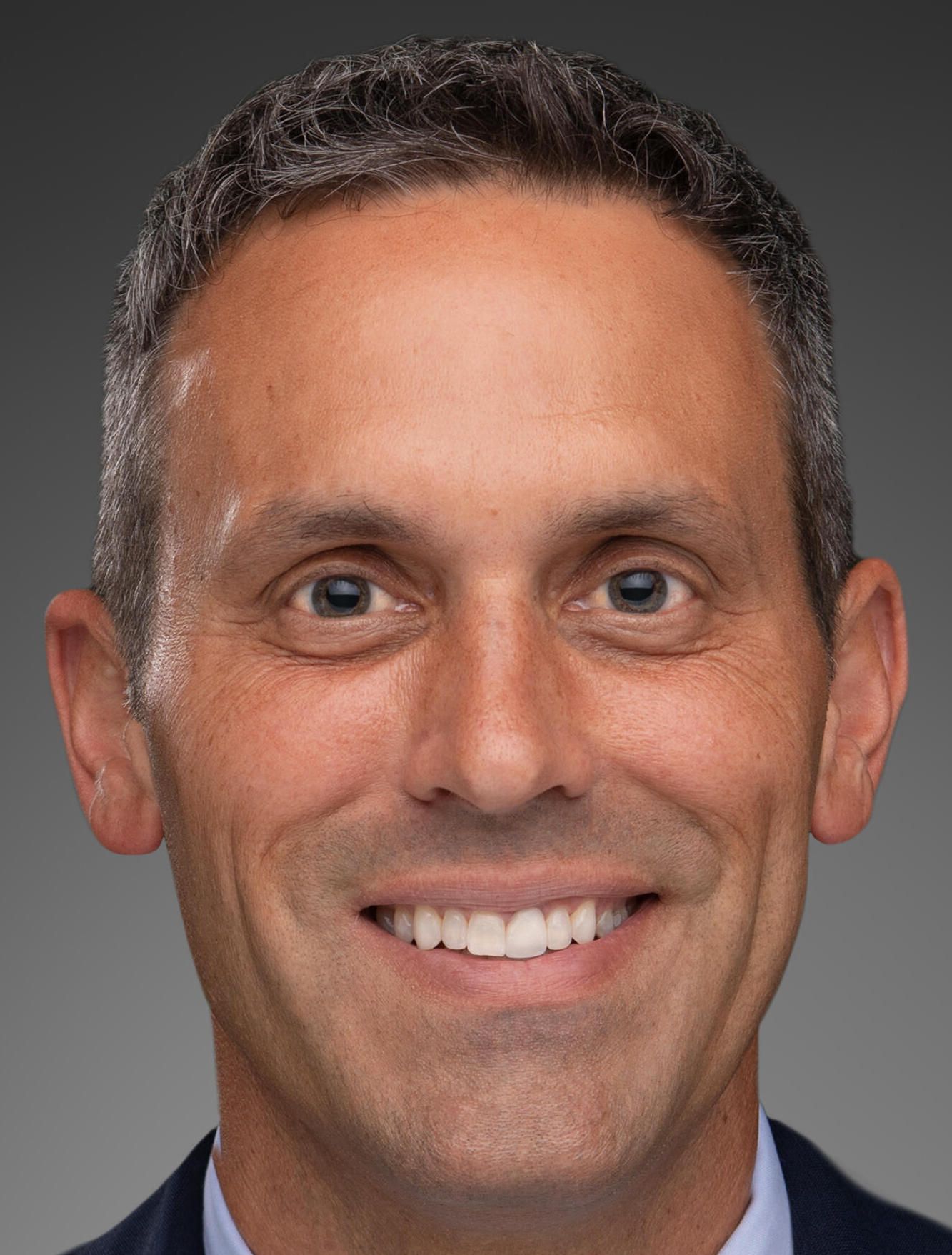
Schipper said Sanford has been “pretty quiet” about its ongoing efforts in telemedicine, but has been fully engaged in telehealth programming for years. The new initiative and building will allow Sanford to hone and expand its telemedicine now and well into the future, Schipper said.
“The real differentiator is looking at our educational institute and technology center where we are going to train the future generations of care providers,” he said. “With our technology infrastructure, we will be looking at some of the newest and greatest technological advancements in this area, and we’ll be able to pilot and test those, and we’ll also be able to expand greatly what we were able to do in a much broader area.”
Schipper is well aware of the regulatory and insurance reforms that have made telemedicine more of a revenue generator for Sanford. But he said the group is committed to executing its virtual health vision regardless of what happens in the insurance and federal health sectors.
Schipper said a major benefit of the huge financial support from T. Denny Sanford is that it enables the health system to focus on providing the best care possible, through telemedicine or other methods, in the most convenient and effective way for patients even if that method doesn’t necessarily generate significant revenues.
“It really helps us to focus on providing care that is the best needed and most important type of care that maybe doesn’t make money, and that’s OK because we’re going to continue to do what’s right and continue to move forward in services lines where there is the greatest need,” Schipper said, adding that the group would continue to seek efficiencies and revenue-growth opportunities. “Ultimately, we’ll be able to make care much more convenient, much more affordable and much better for all our patients regardless of their zip code.”
The Sanford investment has generated interest and excitement throughout the healthcare industry in South Dakota. Scott Weatherill, chief information officer for Horizon Healthcare, a rural medical provider in South Dakota, said Horizon officials see Sanford’s proposed virtual health center as a resource that will benefit the healthcare system at large and all patients across the state.
“With Sanford’s big entry into the virtual space, we would like to be a partner in that, and our CEO has been talking with Sanford’s CEO to see if there is a fit and if we can collaborate,” Weatherill said. “We’re definitely drinking the Kool Aid on this, and we fall back on telemedicine readily to continue to provide care, keep our clinics open and offer additional services to our patients.”
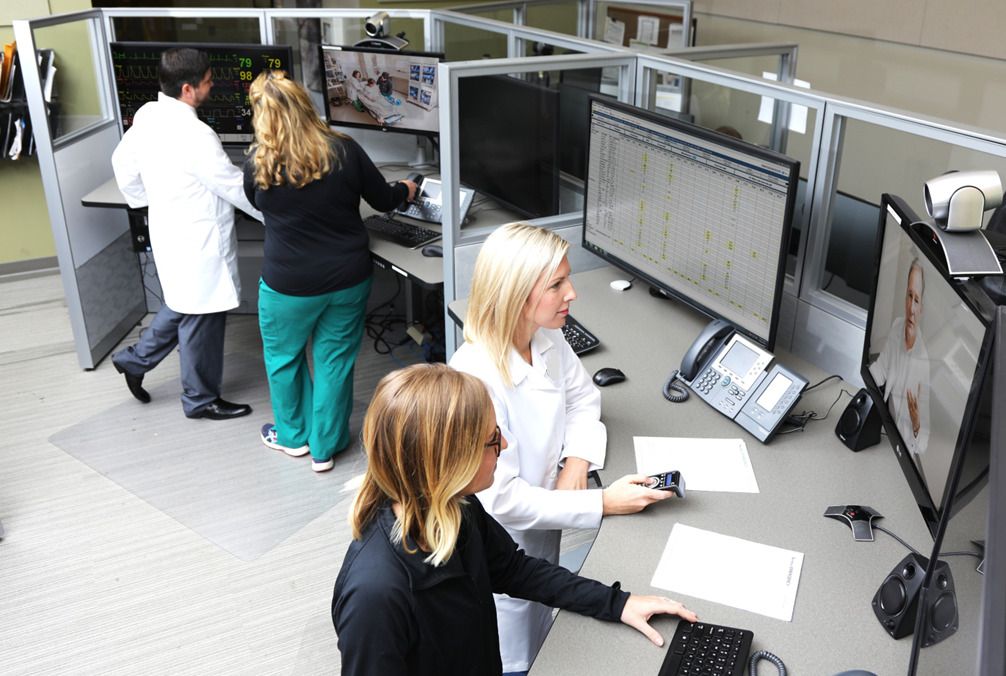
Industry sees potential for telemedicine expansion
Healthcare industry analysts have recognized the new potential for dramatic growth in telemedicine services and revenue in the wake of the COVID-19 pandemic.
A 2022 report from Bloomberg Intelligence predicted that the telemedicine industry is becoming a “staple” healthcare service in the U.S. that could generate $20 billion in annual revenues within the next five years. That report predicted that 15% of all outpatient medical visits could be virtual within that time frame or even sooner.
Additionally, the industry analyst firm McKinsey & Company predicted that investment by the healthcare industry and private equity groups in telemedicine could reach $250 billion in the coming years. The group also reported findings that the use of telemedicine increased by 38 times in 2021 compared with the rate at which it was used before the COVID-19 pandemic.
An ongoing challenge in telemedicine remains: Patients, and providers especially, must adapt and learn to use telemedicine to its greatest potential. However, the pandemic provided many lessons for patients and providers that will make expanded use of telemedicine a near certainty, said Dr. Chad Thury, a family physician who is also regional director of clinical quality at Avera Health.
Thury said Avera saw about half its clinic visits turn to virtual care during the height of the pandemic, and has seen an expected decline in use of telemedicine since the pandemic has eased. He estimated that telemedicine visits may settle eventually at making up around 3% to 4% of overall patient visits within the Avera system, though the potential for even greater use exists.
Thury said the use of telemedicine by Avera and other healthcare companies continues to expand, including into treatment of chronic or long-term illnesses that need frequent monitoring and care.
“I think there’s a lot of opportunities there, and where we’ll peak I don’t know,” he said.
Kristine Becker, director of virtual medicine at Avera, said the expansion by Sanford further into the telemedicine space will clearly be a benefit to patients in South Dakota and beyond, but is unlikely to push Avera to change its innovative and comprehensive use of telemedicine.
“We’ve been offering virtual care at Avera for nearly 30 years, so we have a lot of different virtual services and we continue to grow those services to really find the right opportunities to use virtual care to provide care to the right patients in the right way at the right time,” Becker said. “Avera will continue to do what we do — taking care of our patients, serving our communities we’re in. I don’t really see what Sanford is doing in having a big impact on our approach or our plans.”
Sioux Falls is home not only to Avera and Sanford healthcare systems, but also to Avel eCare, which is a national leader in providing telemedicine services to healthcare groups across the country. Avel eCare was originally created as the telemedicine arm of Avera Health in 2009 and for years served as the hub of telemedicine in which doctors and other providers connected to healthcare providers in numerous settings to provide specialty care and other medical services.
In November 2021, Avera sold its eCare system to New York-based Aquiline Capital Partners, a private equity group that renamed the company Avel eCare. Avel now provides clinical telemedicine services on a for-profit contract basis to 650 healthcare systems in 32 states. The system has eight service lines, providing telemedicine services in hospitals and clinics, schools, emergency rooms, ICUs, senior-citizen care and tribal health.
The acquisition of Avera eCare by Aquiline was seen as a way to increase private investment in the service and allow it to expand and remain even more on the cutting edge of providing telehealth services in a variety of places and formats, said Bell, of Avel eCare.
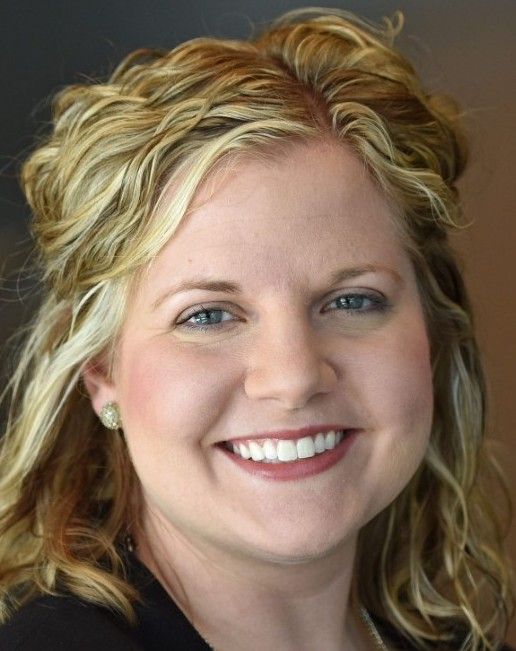
Under the Avel model, healthcare systems pay a subscription fee that allows them to use Avel clinicians and practitioners to provide telehealth services often not available or not convenient in rural areas or places where providers and specialists are not available. Those healthcare systems then bill patients and insurers for the care provided, Bell said.
Under Avera’s ownership, and now through Avel, the eCare system produced several innovations in the use of telemedicine. Groundbreaking uses of telehealth programming include immediate monitoring and care of patients in intensive care units and emergency rooms, to schools and nursing homes and to the Indian Health Services that serve reservations across South Dakota and the U.S.
Among the most recent innovations is the Virtual Crisis Care program, a program initially developed by the Helmsley trust, which allows law enforcement officers to use iPads to immediately contact a behavioral-health specialist through a telehealth link to provide triage and evaluation that can prevent some people in crisis from being sent either to jail or a mental institution. The program is in use in 40 counties in South Dakota.
Walter Panzirer, a trustee of the Helmsley trust, which has invested millions in support of rural health care in South Dakota, said Sanford Health’s expansion into the virtual health industry should benefit the healthcare industry overall and provide more services to rural residents of South Dakota and other states. The Helmsley trust was a major benefactor of Avera’s telemedicine efforts.
“Avera’s selling of eCare created an opportunity for Sanford to expand into a greater telemedicine role, and I’m encouraged by that and I’m hopeful that they’ll continue to improve a telemedicine industry that we pioneered in South Dakota,” Panzirer wrote to News Watch in an email. “We’re still waiting to see what specific programs and services will be created from Denny Sanford’s $350 million gift, but I hope their top priority is serving all individuals across the region and focusing on the best care possible.”
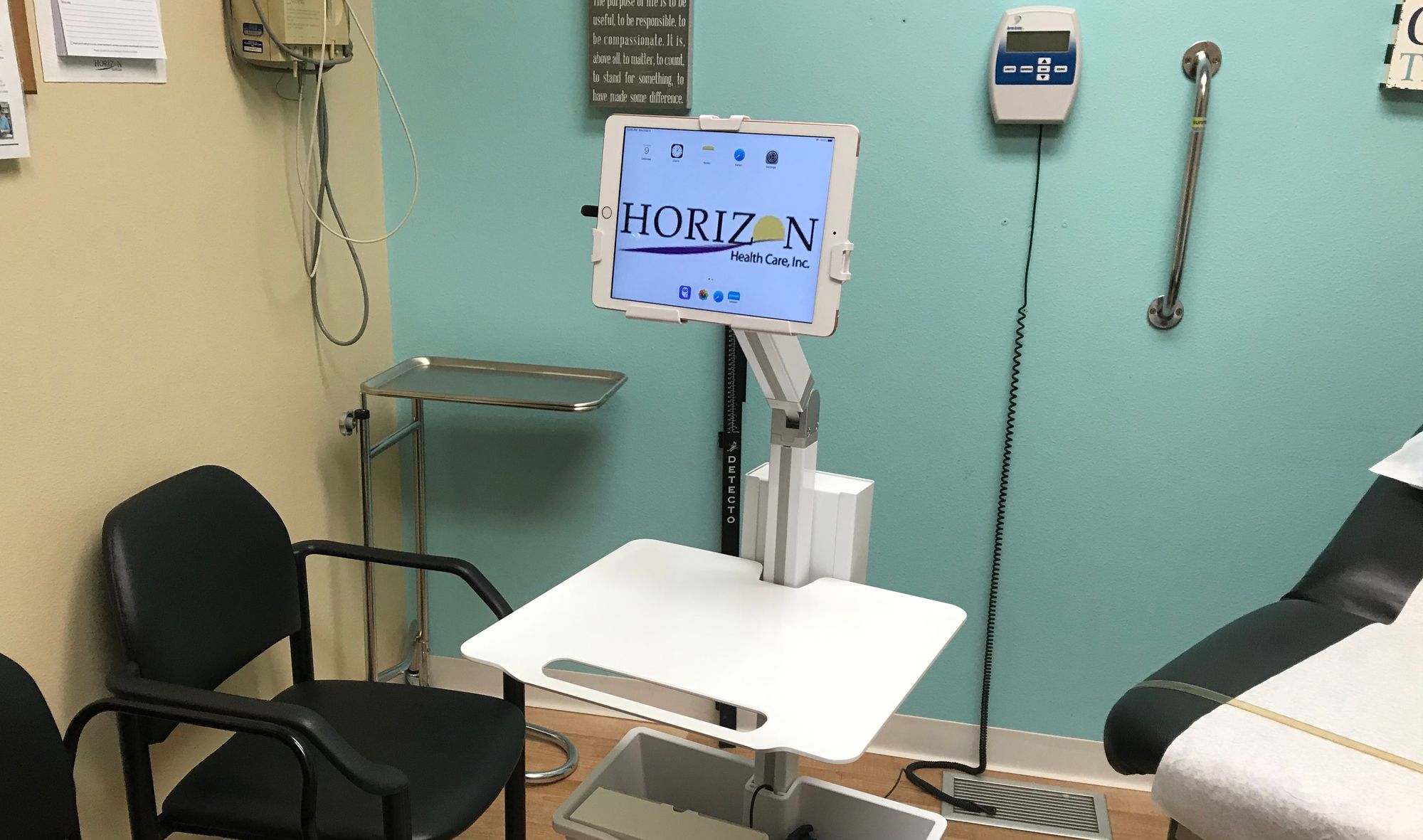
Rural residents are big beneficiaries of telemedicine
One of the smaller yet still highly important healthcare providers in South Dakota has made extensive use of telemedicine and is expanding its menu of virtual health services offered to patients.
Horizon Health Care has 32 clinics that provide medical, dental and behavioral-health services in a 28,000-square-mile area of rural South Dakota, mainly in the sparsely populated northwest and east-central regions of the state.
Horizon Healthcare offers telemedicine in several medical areas, including behavioral health, acute care, specialist care, school-based care, tele-home visits and teledentistry. Horizon began its telehealth program in 2002, initially using video consoles to virtually connect patients in rural areas with specialists from Avera and Sanford health groups in Sioux Falls, said Weatherill, the Horizon executive.
Horizon is able to use telehealth to link rural patients with urban specialists in a number of healthcare fields, including pulmonology, cardiology, oncology, infectious diseases, acute care and ear-nose-and-throat services, Weatherill said.
“Instead of this patient having to drive two hours or more each way for a 10-minute checkup, we can connect that patient with a specialist through that technology,” he said.
At first, the equipment to develop a computer connection cost up to $20,000 to connect patients and specialists, a cost that has fallen dramatically since then as providers can connect via broadband internet connections using iPads via Zoom or Webex services.
Horizon has benefited from grant programs within the U.S. Department of Agriculture and the Federal Communications Commission to buy telehealth and connectivity equipment, sometimes paying up to 85% of the infrastructure costs, Weatherill said.
Those grants and subsidies were critical to Horizon’s telehealth efforts because most of the insurance coverage and fees paid by patients receiving telehealth services went to the specialists who were contacted by Horizon, Weatherill said.
“The specialists on the far end, they get to collect the full fee for that consult with the patient, while for us, we maybe would get a $20 payment from insurance payers,” he said. “That model of telemedicine was never a huge money-maker for us; it was more of a service and benefit to offer our patients.”
Horizon was one of the first medical groups in the country to offer a new tele-dentistry service that has slowly been catching on with patients and providers, Weatherill said. In tele-dentistry, a hygienist provides reports and exam data to a remote dentist, then uses an intra-oral camera to give the dentist an up-close look inside the patient’s mouth, Weatherill said.
The service is convenient for patients in rural areas, but has also helped Horizon provide uninterrupted care to patients in the Martin area when a staff dentist on site suddenly quit.
“Instead of closing the clinic doors for our dental practice … we were able to keep the clinic open as dentists in other practices were connected to the dental clinic and provided care that way,” Weatherill said.
Telehealth services have helped Horizon and other healthcare groups offer critical services in rural areas where it is difficult if not impossible to hire a healthcare or dental provider or specialist.
“It’s not easy to recruit for a behavioral-health provider or other specialist in Martin or Mission, South Dakota,” he said.
While in-person medical, dental and mental health treatment and consultation continue to be the most common types of services provided by Horizon, the COVID pandemic clearly made telehealth more conducive to both patients and providers, Weatherill said. Horizon had roughly 1,100 users of its telehealth behavioral-health services, attending about 4,300 sessions in 2021, a 16% increase in virtual sessions over the prior year.
Horizon’s acute-care telehealth program provided patients with an estimated 3,200 hours of additional access to providers that likely would not have occurred through in-person visits in 2021, according to Horizon documents.
In West River South Dakota, Monument Health is the main healthcare provider and offers a robust and ongoing telehealth service that expanded its offerings during the pandemic, said Dr. Alexia Gillen, ambulatory medical information officer at Monument.
Monument has offered telehealth services for a number of years, but the high risk of infection of patients and providers during the pandemic led to creation of the innovative Monument Health Nurse Triage Line, which enabled patients with concerns about COVID exposures or infections to speak to a nurse to make the best possible decisions regarding testing, medical care options or how to safely proceed.
As the pandemic winds down, Monument is continuing the triage line as a way for patients to speak to a nurse to make safe, sensible decisions about their need for healthcare services, and the group is meanwhile working to “fine tune” its other telehealth offerings, Gillen said.
Additionally, the willingness of more insurers to fully cover telehealth during and after the pandemic has opened the door to potential expansion of telemedicine services across the Monument footprint, Gillen said.
“It’s on the menu for any patient who calls to schedule an appointment right now at Monument Health at any of our practices,” she said. “The benefit of having it be a billable and covered service for our patients is now it offers us the opportunity to discover what that fit is in our healthcare system for our patients to continue to offer that in the best way possible. It is an exciting time to be able to offer care to our patients by using technology.”
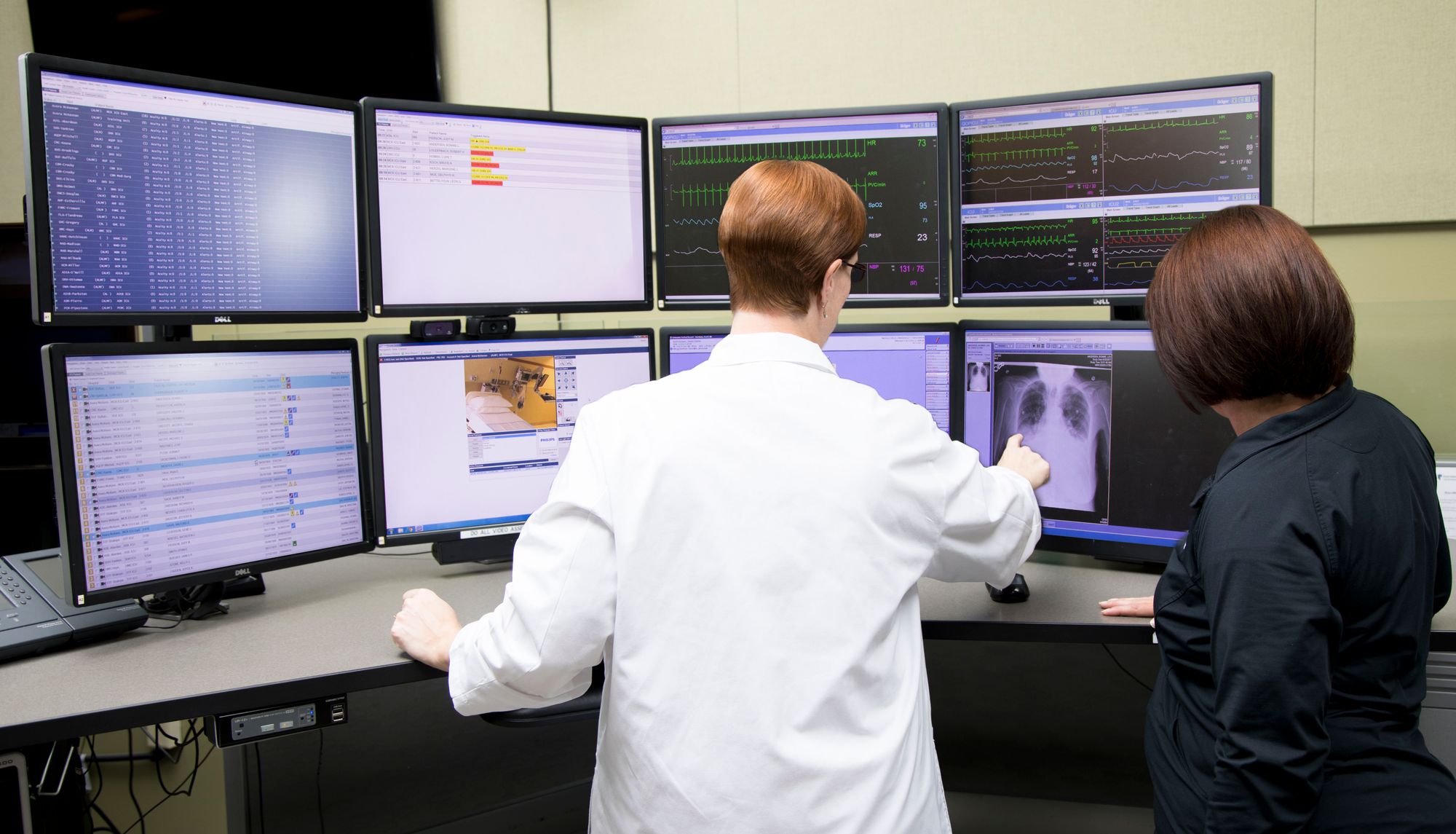
Committed to the future of telemedicine
Schipper said Sanford’s telehealth services have saved patients from driving about 20 million miles to and from clinics and hospitals over roughly the past decade or so.
Schipper said Sanford Health hopes to extend its role as a leader in expansion of telemedicine both in the ways it is used and also where and how.
“The transformational gift by Denny Sanford of $350 million will really put us in a space that no one else is in,” he said. “The government, the [insurance] payers and others relaxed some of the challenges and regulations and burdens they once had … all that is being evaluated right now and how that will shake out for what makes sense long term.”
He added: “We’re big believers in this and we’re big believers that it is the way of the future, and we’ll stay really close to what should change or could change to help us continue to do what is right down the road.”
Beyond the advancements in connectivity and technology, the medical industry must remain focused on its most important goal of keeping patients healthy and happy in whatever form that takes, Schipper said.
“Ultimately the litmus test of whether we are successful or not is, ‘Are we absolutely improving the health and wellbeing of the people we serve?’” he said. “If it doesn’t move the needle on absolutely improving the human condition or the health and wellbeing of our people, then we missed the mark.”





